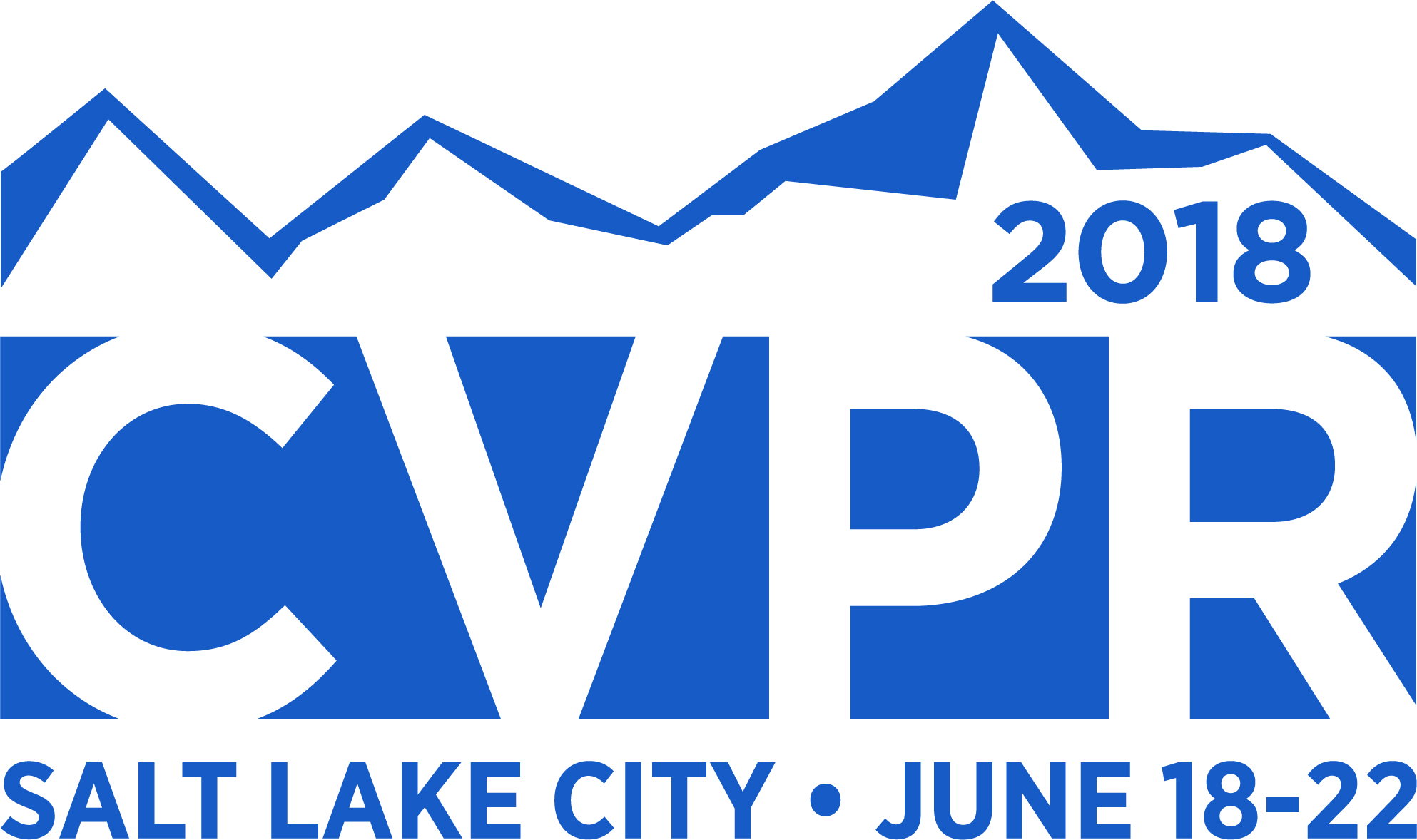-
What Do Deep Networks Like to See?
AbstractWe propose a novel way to measure and understand convolutional neural networks by quantifying the amount of input signal they let in. To do this, an autoencoder (AE) was fine-tuned on gradients from a pre-trained classifier with fixed parameters. We compared the reconstructed samples from AEs that were fine-tuned on a set of image classifiers (AlexNet, VGG16, ResNet-50, and Inception~v3) and found substantial differences. The AE learns which aspects of the input space to preserve and which ones to ignore, based on the information encoded in the backpropagated gradients. Measuring the changes in accuracy when the signal of one classifier is used by a second one, a relation of total order emerges. This order depends directly on each classifier's input signal but it does not correlate with classification accuracy or network size. Further evidence of this phenomenon is provided by measuring the normalized mutual information between original images and auto-encoded reconstructions from different fine-tuned AEs. These findings break new ground in the area of neural network understanding, opening a new way to reason, debug, and interpret their results. We present four concrete examples in the literature where observations can now be explained in terms of the input signal that a model uses.
Related Material
[pdf] [arXiv][bibtex]@InProceedings{Palacio_2018_CVPR,
author = {Palacio, Sebastian and Folz, Joachim and Hees, Jörn and Raue, Federico and Borth, Damian and Dengel, Andreas},
title = {What Do Deep Networks Like to See?},
booktitle = {Proceedings of the IEEE Conference on Computer Vision and Pattern Recognition (CVPR)},
month = {June},
year = {2018}
}
These CVPR 2018 papers are the Open Access versions, provided by the Computer Vision Foundation.
Except for the watermark, they are identical to the accepted versions; the final published version of the proceedings is available on IEEE Xplore.
Except for the watermark, they are identical to the accepted versions; the final published version of the proceedings is available on IEEE Xplore.
This material is presented to ensure timely dissemination of scholarly and technical work.
Copyright and all rights therein are retained by authors or by other copyright holders.
All persons copying this information are expected to adhere to the terms and constraints invoked by each author's copyright.

